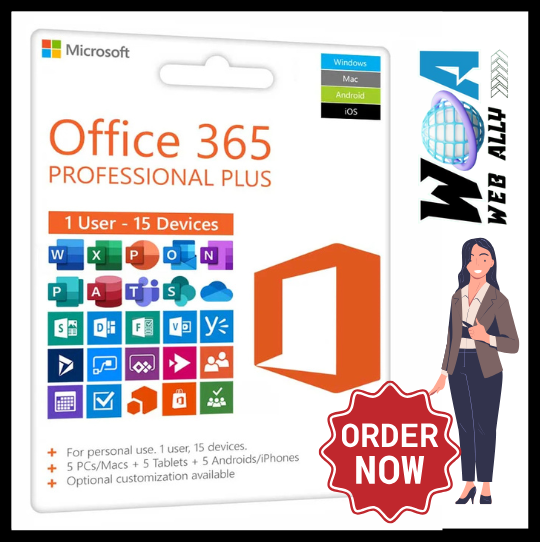In the dynamic world of affiliate marketing, understanding your target audience is one of the most critical elements for success. Without a clear picture of who you’re marketing to, even the most high-quality products and well-written content may fail to generate conversions. By decoding your audience—knowing their needs, desires, behaviors, and pain points—you can tailor your strategies and content for maximum impact. In this article, we’ll explore practical steps to help you identify and understand your target market effectively.
Why Knowing Your Audience Matters in Affiliate Marketing
Affiliate marketing is performance-based, meaning you earn a commission only when your audience takes action, such as making a purchase or signing up for a service. Without understanding your audience, you’re essentially marketing in the dark. Here’s why knowing your target audience is essential:
- Increases Conversion Rates: Tailored content that addresses the specific needs of your audience is far more likely to convert.
- Builds Trust and Authority: When you understand your audience, you can produce content that resonates, fostering trust and loyalty.
- Optimizes Marketing Efforts: By knowing who you’re targeting, you can focus your marketing efforts and resources on the channels and strategies that yield the best results.
In short, knowing your audience helps you deliver the right message to the right people at the right time.
Step 1: Define Your Niche
Before you can identify your audience, you need to know the niche or industry you’re targeting. Your niche will shape who your ideal audience is.
- Examples of Niches: Fitness, personal finance, beauty, technology, parenting, travel, and self-development.
A well-defined niche helps you narrow down the audience and avoid the trap of trying to appeal to everyone. For example, “personal finance for millennials” is more specific than “general finance advice.” The narrower your niche, the easier it will be to identify a specific target market.
Step 2: Create Buyer Personas
A buyer persona is a fictional profile of your ideal audience member. Creating buyer personas helps you visualize who you’re marketing to.
Elements of a Buyer Persona:
- Demographics:
- Age
- Gender
- Location
- Income level
- Education level
- Psychographics:
- Interests and hobbies
- Values and attitudes
- Lifestyle and behaviors
- Pain Points and Challenges:
- What problems do they face that your affiliate products can solve?
- Goals and Desires:
- What do they want to achieve?
Example of a Buyer Persona:
Name: Sarah, 28 years old
Location: Urban areas in the U.S.
Occupation: Freelance writer
Goals: To improve productivity and find reliable work-from-home tools
Pain Points: Struggles with time management and finding affordable software solutions
By understanding Sarah’s needs, you can promote products like productivity tools, time management apps, and freelance job platforms.
Step 3: Research Your Audience
Conduct thorough research to gain deeper insights into your audience’s behavior and preferences. Here are some effective methods:
1. Use Analytics Tools:
- Google Analytics: Tracks demographics, interests, and behaviors of your website visitors.
- Social Media Insights: Platforms like Facebook, Instagram, and Twitter offer detailed audience data.
2. Engage in Online Communities:
- Forums (e.g., Reddit, Quora, niche-specific forums) reveal common questions, challenges, and trends.
- Social media groups provide real-time conversations and feedback from your target market.
3. Surveys and Polls:
- Create surveys using tools like SurveyMonkey or Google Forms to gather direct feedback.
- Poll your social media audience to understand their preferences and pain points.
4. Competitor Analysis:
- Study your competitors’ content, products, and customer interactions to identify gaps or opportunities.
Step 4: Understand Audience Pain Points
Pain points are the specific challenges or frustrations your audience faces. Identifying these pain points helps you:
- Position your affiliate products as solutions.
- Craft content that addresses their challenges.
How to Identify Pain Points:
- Analyze Comments and Reviews: Look at customer feedback on blogs, social media, and e-commerce sites.
- Listen to Social Media Conversations: Tools like Hootsuite and Mention help you track keywords and discussions in your niche.
- Ask Directly: Use surveys or ask questions like, “What’s your biggest challenge when it comes to [niche topic]?”
Step 5: Identify Where Your Audience Hangs Out
To effectively promote your affiliate products, you need to know where your audience spends their time online.
Common Platforms by Audience Type:
- Young Professionals: LinkedIn, Instagram, Twitter
- Parents: Facebook groups, Pinterest
- Tech Enthusiasts: Reddit, YouTube, tech forums
- Fitness Enthusiasts: Instagram, TikTok, YouTube
Focus your marketing efforts on the platforms where your audience is most active.
Step 6: Tailor Content to Your Audience
Create content that speaks directly to your target audience’s needs and interests.
Types of Content:
- Blog Posts: How-to guides, listicles, and reviews tailored to their pain points.
- Videos: Tutorials, product demos, and testimonials.
- Social Media Posts: Share tips, insights, and relatable content that resonates with their challenges.
- Email Marketing: Personalized newsletters offering solutions and product recommendations.
The more personalized your content, the more likely it is to engage your audience and drive conversions.
Step 7: Test and Refine Your Approach
Identifying your audience isn’t a one-time task. Continuously test your marketing strategies and refine your approach based on data and feedback.
Key Metrics to Monitor:
- Click-Through Rates (CTR): Indicates how effective your content is at generating interest.
- Conversion Rates: Shows how many people take the desired action.
- Engagement Rates: Likes, shares, and comments help measure content relevance.
- Bounce Rates: High bounce rates may indicate your content isn’t resonating.
Use this data to tweak your content, targeting, and promotional strategies.
Conclusion
Understanding your target audience is the cornerstone of successful affiliate marketing. By defining your niche, creating detailed buyer personas, and consistently researching your audience’s needs, you can create personalized content that drives engagement and conversions. Remember, the better you know your audience, the more effectively you can meet their needs and achieve your affiliate marketing goals.















